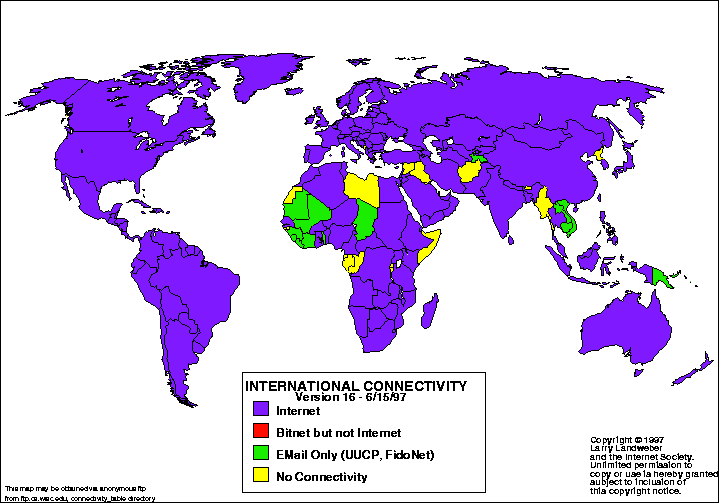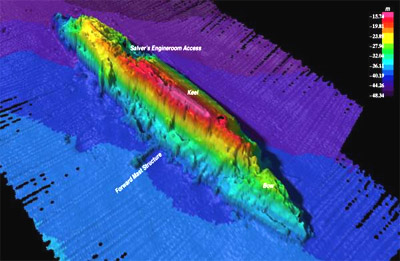 |
| Map 1 |
 |
| Map 2 |
Out of the LA county, the September 1, 2009 Station Fire remained in the mountainsides towards the northern area of the county. However, it spread quickly that day bordering close to the more densely populated Metropolitan area.
By 3:20pm on September 1st, 53 structures were destroyed as well as two more communication sites (InciWeb online article). There were also around 500 commercial buildings threatened.
Although there were several infrastructures within the Station Fire Perimeter (as can be seen in Map 2 by the grey dots within the Station Fire Perimeter), the main focus was its proximity to the suburbs and metropolitan areas of southern LA county. The fire had "...grown to more than 121,000 acres and has forced thousands of evacuations as fire crews struggle to contain its expansion..." (PBS online article).
The smoke from the Station Fire could be seen from downtown Los Angeles; on the Station Fire website a variety of pictures show the smoke billowing behind downtown Los Angeles and the fire in the mountainside.
It is said that the Station Fire was heavily undermined by the US Service Forest Officials (Paul Pringle). They downsized the fire's strength and it spun out of control. Maybe the officials should come up with new tactics that incorporate Physical Geography and GIS in order to predict wildfire outcomes. Especially when the LA county is located on a climate region that must have fires to produce a healthy wildlife.
References:
"Countywide Building Outlines – Now Public." Los Angeles County GIS Data Portal. WordPress & Atahualpa, 1 Nov. 2012. Web. 10 Dec. 2012.
Markgreninger. "Station Fire Perimeters September 1st Morning AS IS." Los Angeles County Enterprise GIS. WordPress & Atahualpa, 1 Sept. 2009. Web. 10 Dec. 2012.\
Pringle, Paul. "Station Fire's Strength Was Miscalculated Forest." Latimes.com. Latimes.com, 27 Sept. 2009. Web. 10 Dec. 2012. <latimes.com/news/local/la-me-fire27-2009sep27,0,6025715.story>.
"SoCal Fire Grows, Threatens Los Angeles Suburbs." PBS. PBS, 1 Sept. 2009. Web. 10 Dec. 2012.
"Station Fire." Station Fire. N.p., n.d. Web. 10 Dec. 2012.
"Station Fire Morning Update, Sept. 1, 2009." InciWeb the Incident Information System: Station Fire News Release. N.p., n.d. Web. 10 Dec. 2012.



.gif)
.gif)
.gif)
















